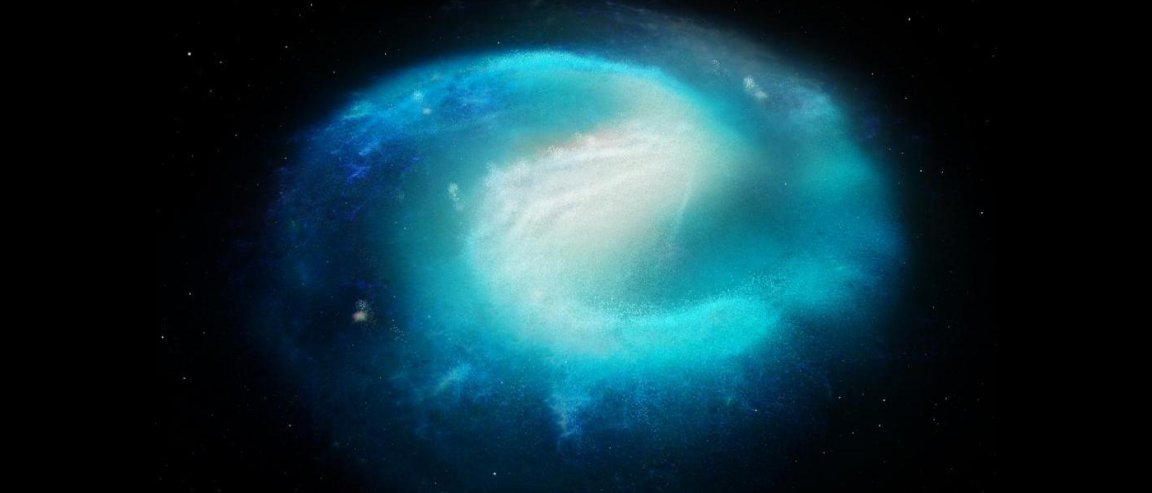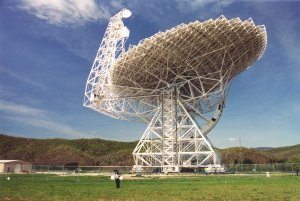
A New Way to Look at the Old Universe
An international team of astronomers has broken the record for detecting the signals emitted by hydrogen gas. They have detected signals from a galaxy more than five billion light-years away, nearly double the previous record.
The team used the Very Large Array of the National Radio Astronomy Observatory in the US to observe the radio emission from hydrogen of the distant galaxy.
Since it is in greatest abundance in the galaxy, hydrogen is used by radio astronomers to detect and understand the makeup of other galaxies. However, radio telescopes have only been able to observe hydrogen emission signatures from nearby galaxies. That is until the VLA received upgrades.
CHILES Survey Collected Data That Makes a Difference

The study, published in Astrophysical Journals, is part of the “COSMOS HI Large Extragalactic Survey’, or CHILES survey. Once completed, the CHILES survey will have collected data from more than 1,000 hours of observing time.
A new approach in the study sees the International Centre for Radio Astronomy Research and the ARC Centre for All-sky Astrophysics (CAASTRO) working with the Amazon Web Services to process and move the large volumes of data via the ‘cloud’.